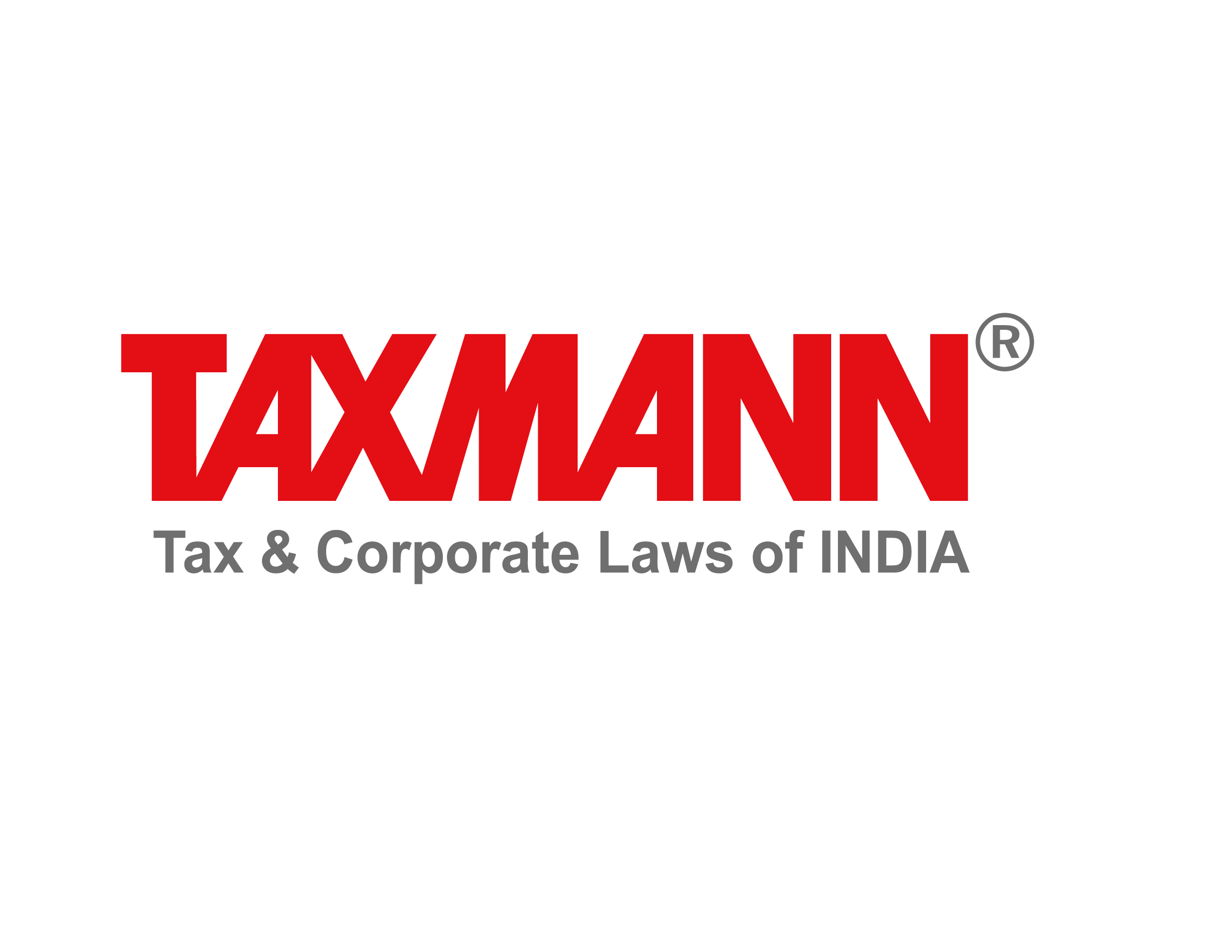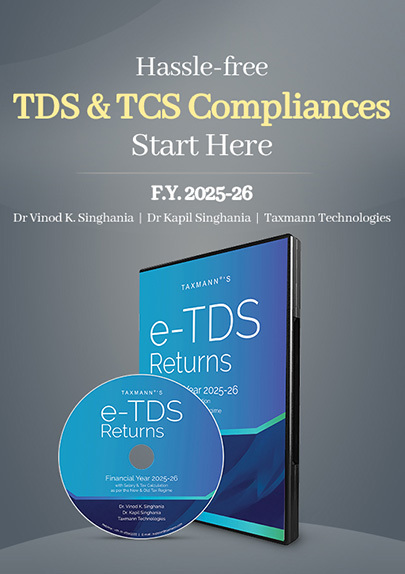DPDP Act vs IT Act – Shifting India’s Data‑protection Paradigm
- Blog|Company Law|
- 4 Min Read
- By Taxmann
- |
- Last Updated on 4 May, 2025

The Digital Personal Data Protection Act, 2023 (DPDP Act) and the Information Technology Act, 2000 (IT Act) represent two distinct phases of India’s data governance framework. Before the DPDP Act, personal data protection in India was governed by Section 43A of the IT Act and the accompanying Sensitive Personal Data or Information (SPDI) Rules, 2011. This framework offered limited protection, focusing only on "sensitive personal data" handled by body corporates.
Table of Contents
- Historic Context
- Key Differences at a Glance
- Practical Impact for Existing ITA‑Compliant Firms
- Transitional Provisions & Timing
- Overlap & Persistence of ITA Controls
- Board & C‑Suite Agenda
- Regulatory Harmonisation Outlook
- Conclusion
Check out Taxmann's Digital Personal Data Protection Act 2023 with Draft Rules – Bare Act with Section Notes which offers a robust framework for India's data privacy landscape. It clarifies rights and safeguards for Data Principals, details obligations for Data Fiduciaries, and highlights recent legislative updates from statutes like the IT Act and RTI Act. Comprehensive Section Notes and FAQs delve into key principles such as consent and cross-border transfers, simplifying complex provisions for easy reference. The book's structured approach, with illustrations, indexes, and a clear layout, caters to legal practitioners, corporate counsels, regulators, students, and IT professionals.
1. Historic Context
Since 2011, personal data in India has been largely governed by Section 43A and the SPDI Rules under the Information Technology Act 2000 (ITA). These rules covered “sensitive personal data” and imposed contractual consent & reasonable security. The DPDP Act omits Section 43A of the IT Act, upon its commencement, establishing a modern, standalone privacy code.
2. Key Differences at a Glance
| Feature | ITA 2000/SPDI Rules | DPDP Act 2023 |
| Scope | Body corporate in India applies to SPDI only | Covers All digital personal data; extraterritorial |
| Consent | Implied by privacy policy + “opt‑out” possible | Explicit, affirmative consent or specific Section 7 grounds |
| Rights | Limited to withdrawal, review & correction (via Rule 5) | Comprehensive access, correction, erasure, grievance, nomination |
| Regulator | No dedicated authority; adjudicating officers & Cyat | Dedicated Data Protection Board of India |
| Penalties | Compensation (actual damage) + Sec 45 fine (₹25 K) | Civil penalties up to ₹250 crore |
| Criminal offences | Yes (Sec 66) for dishonesty/hacking | None in DPDP (but ITA cyber‑offences still apply) |
| Overrides | ITA Sec 81 “Notwithstanding…” | Proviso amended: DPDP now stands independent |
3. Practical Impact for Existing ITA‑Compliant Firms
| DPDP Demand | Old ITA Practice | Adjustment Needed |
| Language localisation of the notice | English privacy policy | Translate, layer, add DPB details. |
| Uniform PD definition | Only SPDI covered | Extend controls to all personal data. |
| Breach notification | Optional “as soon as possible” to CERT‑In | Mandatory to DPB + users, likely within 72 hrs. |
| Individual rights portal | Not required | Build portal + backend workflow. |
| Heavy monetary fines | Max ₹25 K statutory + damages | Budget for potential ₹Cr penalties; consider cyber‑insurance. |
4. Transitional Provisions & Timing
| Milestone | Expected Window | Action |
| Commencement Notification | Q4 2025 | DPDP provisions enter force in phases. |
| Repeal of Sec 43A + SPDI | Same date | SPDI Rules sunset; DPDP prevails. |
| CERT‑In Directions (2022) | Continue | Coexist; breach must be reported to both CERT‑In & DPB. |
Tip – Maintain dual‑reporting until MEITY harmonises CERT‑In breach‑report timelines with DPDP.
5. Overlap & Persistence of ITA Controls
- Section 66 offences (computer‑related dishonesty) continue – DPDP doesn’t decriminalise hacking.
- Section 69 (lawful interception) unaffected – remains key for state access.
- CERT‑In 6‑hour incident‑report directive remains for cybersecurity incidents (expanded list).
Thus, privacy breaches may now trigger three regimes: CERT‑In (cybersecurity), DPDP (privacy), RBI/DOT (sectoral). Build an integrated reporting workflow.
6. Board & C‑Suite Agenda
- Rewrite policy stack – supersede SPDI references.
- Re‑calibrate risk appetite – penalties now material to P&L.
- Rename roles – “Grievance Officer” may remain, but ensure functions align with DPDP rights SLA.
- Re‑tool breach IRP – add DPB notification templates.
- Educate management – privacy becomes board-level KPI, akin to financial compliance.
7. Regulatory Harmonisation Outlook
The forthcoming Digital India Act (DIA) will replace large parts of ITA. Early consultation papers indicate DIA will incorporate cybersecurity, intermediary duties and algorithmic accountability, while DPDP remains the sole privacy law. Expect cross‑references and unified penalty matrix by 2026.
8. Conclusion
The DPDP Act replaces a two-decade-old, patchwork privacy regime and introduces a modern, rights-centric framework with real enforcement teeth. Organisations that merely tick SPDI boxes must now undertake enterprise-wide transformation to meet DPDP’s stringent standards.
Dive Deeper:
Overview of Digital Personal Data Protection Act (DPDP Act) 2023
Scope and Key Definitions Under DPDP Act
Rights of Data Principals under the DPDP Act 2023
Lawful Processing and Consent under DPDP Act 2023
Cross‑Border Data Transfers under the DPDP Act 2023
Obligations of Data Fiduciaries under DPDP Act 2023
Data Privacy Breach | Enforcement | Penalties under the DPDP Act
DPDP Act Compliance Checklist for Businesses
DPDP Act vs EU GDPR Compliance – A Comparative Analysis
DPDP Act Impact on Startups and SMEs in India
FinTech and BFSI – Sector-specific Guidance for DPDP Compliance
DPDP in Healthcare Ecosystem – HealthTech and Hospitals
Disclaimer: The content/information published on the website is only for general information of the user and shall not be construed as legal advice. While the Taxmann has exercised reasonable efforts to ensure the veracity of information/content published, Taxmann shall be under no liability in any manner whatsoever for incorrect information, if any.

Taxmann Publications has a dedicated in-house Research & Editorial Team. This team consists of a team of Chartered Accountants, Company Secretaries, and Lawyers. This team works under the guidance and supervision of editor-in-chief Mr Rakesh Bhargava.
The Research and Editorial Team is responsible for developing reliable and accurate content for the readers. The team follows the six-sigma approach to achieve the benchmark of zero error in its publications and research platforms. The team ensures that the following publication guidelines are thoroughly followed while developing the content:
- The statutory material is obtained only from the authorized and reliable sources
- All the latest developments in the judicial and legislative fields are covered
- Prepare the analytical write-ups on current, controversial, and important issues to help the readers to understand the concept and its implications
- Every content published by Taxmann is complete, accurate and lucid
- All evidence-based statements are supported with proper reference to Section, Circular No., Notification No. or citations
- The golden rules of grammar, style and consistency are thoroughly followed
- Font and size that’s easy to read and remain consistent across all imprint and digital publications are applied





 CA | CS | CMA
CA | CS | CMA
